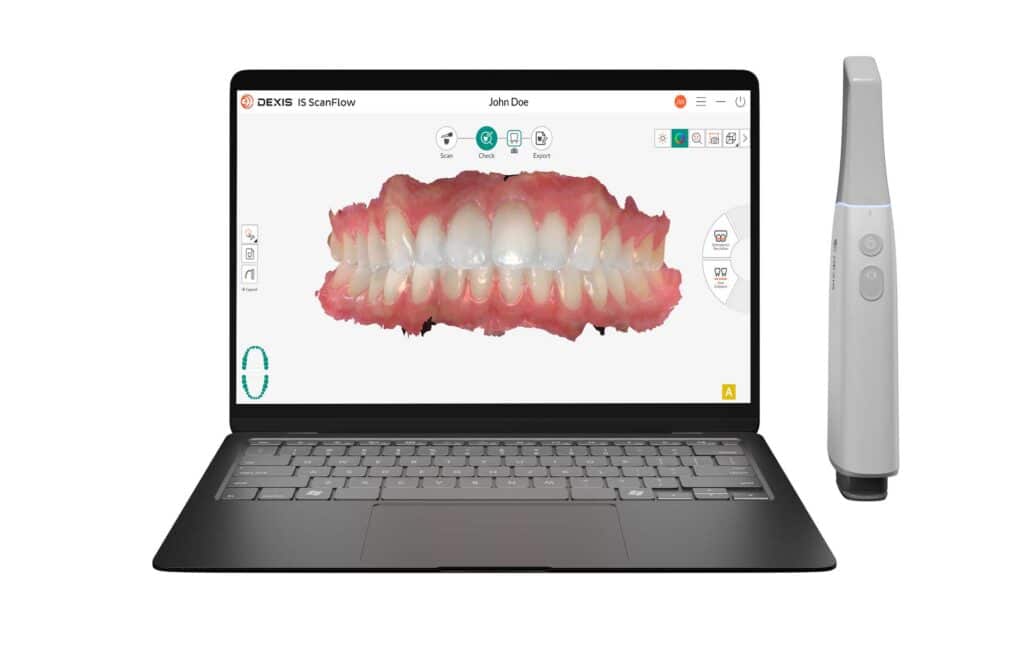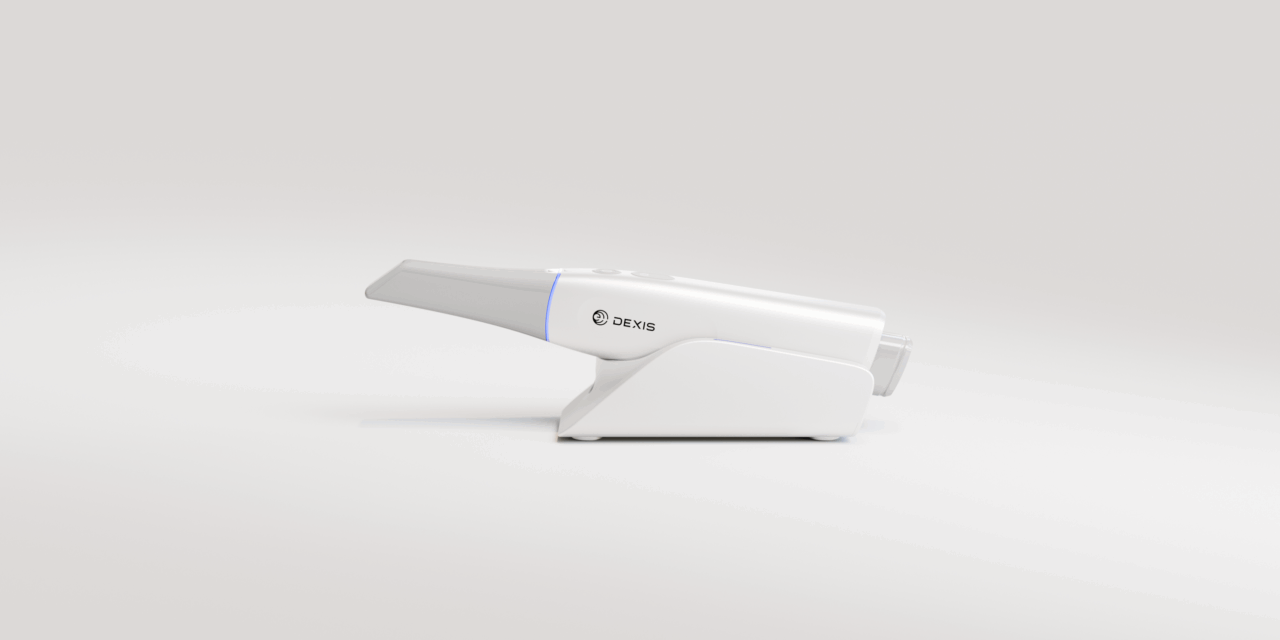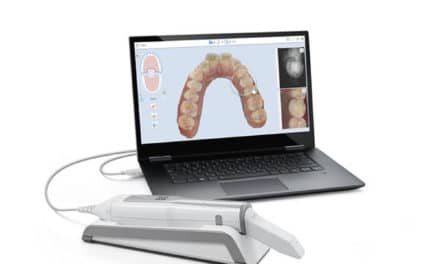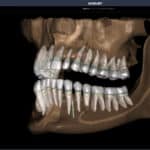In this interview with Orthodontic Products, DEXIS shares how the Imprevo intraoral scanner fits into today’s digital orthodontic ecosystem.
DEXIS has expanded its digital imaging portfolio with the Imprevo intraoral scanner, a system the company says is designed to deliver faster scanning, enhanced precision, and greater comfort for patients. Powered by IS ScanFlow 2.0 software, the Imprevo builds on the DEXIS connected imaging platform, offering a 40-frame-per-second scan rate, extended depth of field, and a 20% slimmer profile intended to improve access during scanning.
As orthodontic practices continue to adopt digital tools for diagnosis and treatment planning, DEXIS positions the Imprevo as a bridge between intraoral scanning, 3D imaging, and AI-driven case management. To discuss how the new scanner fits within this digital ecosystem, Orthodontic Products spoke with Amit Bhagwat, vice president of intraoral scanners at DEXIS. He shares how Imprevo integrates with DTX Studio Clinic to support data capture, communication, and workflow efficiency in orthodontic care.

Orthodontic Products: How does the Imprevo scanner specifically support orthodontic treatment planning, particularly in capturing data for crowded or hard-to-reach areas?
Amit Bhagwat: The DEXIS Imprevo scanner enhances orthodontic treatment planning through its advanced imaging capabilities. It features a large Field of View (FOV), greater Depth of Field (DOF), and reduced angulation compared to earlier DEXIS models. These combined attributes allow for more precise data capture in crowded or anatomically challenging areas. This makes it especially effective for patients with narrow arches or pediatric cases, where access and visibility are often limited.
OP: In orthodontic workflows where efficiency and patient comfort are key, what advantages does Imprevo’s faster frame rate and slimmer design bring to daily practice?
Bhagwat: The DEXIS Imprevo scanner is engineered for speed and comfort, making it ideal for busy orthodontic practices. Its rapid frame rate of 40 FPS, combined with a patent-pending parallel processing architecture, enables full-mouth scans to be completed in as little as 1 minute. This reduces chair time, enhancing both clinical efficiency and patient satisfaction. Additionally, the scanner’s slimmer, ergonomic design improves handling for the clinician, while its smaller tip size increases comfort for patients.

OP: DEXIS emphasizes integration across its digital ecosystem. How does Imprevo, paired with IS ScanFlow 2.0 and DTX Studio Clinic, fit into a fully digital orthodontic workflow?
Bhagwat: The DEXIS Imprevo scanner is powered by IS ScanFlow 2.0 to support a streamlined, fully digital orthodontic workflow. IS ScanFlow 2.0 simplifies the scanning process with fewer steps, enabling clinicians to complete scans more efficiently. Its enhanced orthodontic prescription capabilities allow for more detailed case submissions to labs, improving communication and treatment precision.
Moreover, IS ScanFlow connects effortlessly with a wide network of partners across various procedures—including orthodontics—offering clinicians flexibility in how they plan, produce, and deliver care. This open ecosystem approach empowers practices to tailor workflows to their preferences while maintaining high standards of efficiency and patient outcomes.
OP: Looking at the broader DEXIS imaging portfolio, how do you see intraoral scanning working alongside 2D and 3D imaging tools to benefit orthodontists?
Bhagwat: Intraoral scanning (IOS), when combined with CBCT, photography and facial scans, through our DTX Studio Clinic Platform, creates a powerful diagnostic and planning toolkit for orthodontists. This integration enables more comprehensive smile simulations, enhancing patient communication and helping individuals better visualize and understand their treatment journey.
The synergy between IOS and 2D/3D imaging also provides a more complete view of the patient’s anatomy, supporting more precise treatment planning. By layering detailed surface data from intraoral scans with insights from other data sources, clinicians can make more informed decisions and deliver highly personalized care.
OP: Beyond the Imprevo launch, are there other new technologies or updates from DEXIS that orthodontic practitioners should be watching for in the near future?
Bhagwat: DEXIS remains committed to advancing dental imaging technology, with two projects currently in development that are expected to benefit the orthodontic community. While specific details are not yet public, these innovations reflect our ongoing focus on improving clinical workflows and enhancing patient care. Stay tuned—exciting updates are on the way. OP
Photos: Dexis










